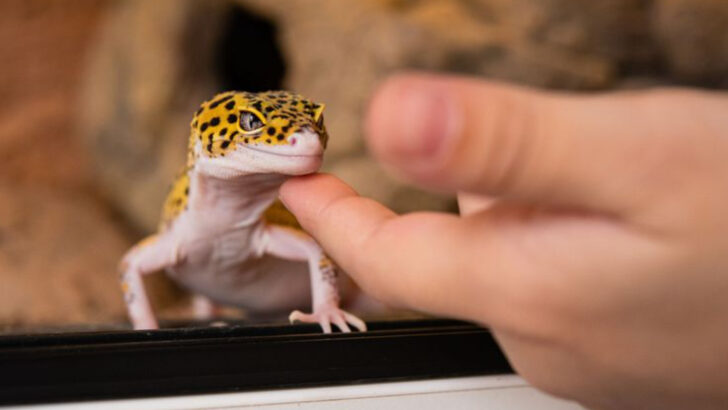Reptiles aren’t pets. They’re tiny, scaly dragons—straight out of myth, and into your living room.
They don’t wag tails or purr. They bask, shed, and give you the occasional death stare from their tank like ancient royalty.
And that’s the magic. Owning a reptile isn’t casual—it’s a commitment to understanding a creature with instincts as old as time.
But let’s be real: it’s easy to get it wrong. Heat, humidity, diet, handling—it all matters. A lot.
Before you welcome that gecko, snake, or beardie into your home, get the facts. Your new cold-blooded companion is counting on it.
Understand Your Reptile’s Habitat
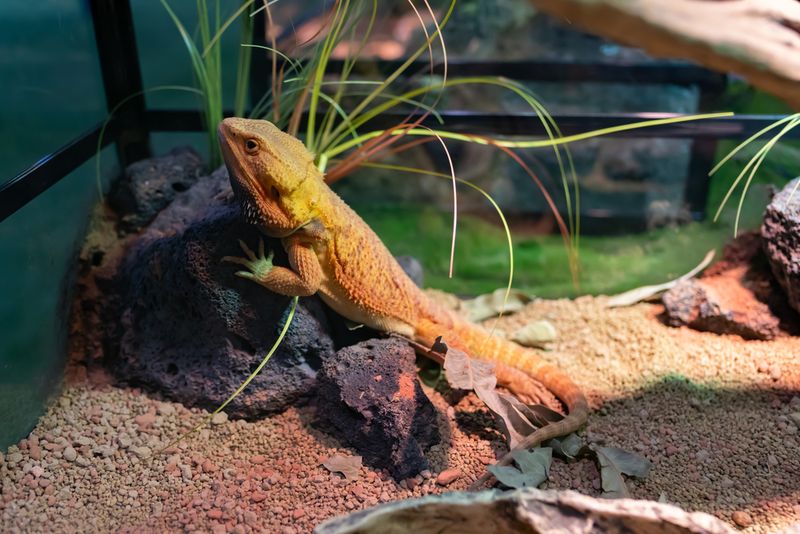
The habitat is the heart of your reptile’s life. Without the right environment, they cannot thrive. Temperature, humidity, and lighting are key. Consider the species: a desert reptile needs different conditions than a rainforest one. Create mini-ecosystems that mimic their natural habitats. Use heating lamps for warmth and UVB lights for calcium metabolism.
Substrates like sand or coconut fiber can create a natural feel. Include hiding spots for security. Regularly monitor conditions with thermometers and hygrometers. Adjust settings based on seasonal changes. These details create a sanctuary where your reptile can flourish.
Feeding the Right Diet
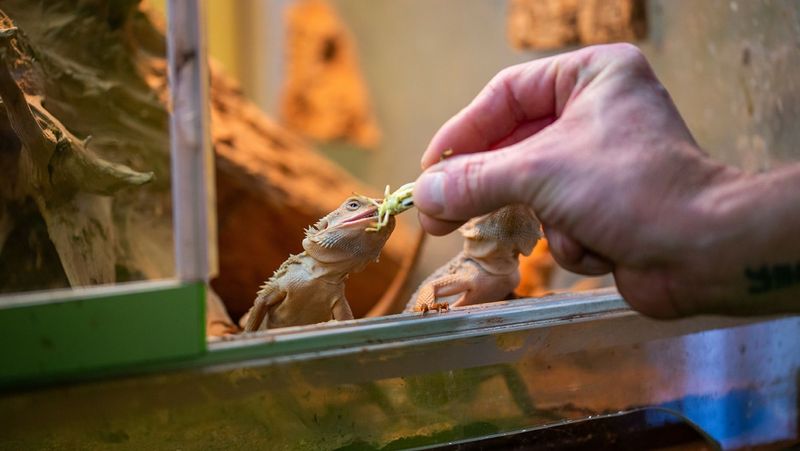
A balanced diet is crucial. Reptiles have specific dietary needs that vary by species. For instance, some thrive on insects, while others require fruits and vegetables. Research your pet’s natural diet and replicate it. Avoid offering human food as it can be harmful.
Introduce variety to prevent nutritional deficiencies. Use supplements like calcium or vitamin D3 as needed. Feed in moderation to prevent obesity. Observe feeding behaviors to adjust portions.
Proper diet ensures vibrant health and longevity, keeping your reptile active and content.
Recognizing Signs of Illness
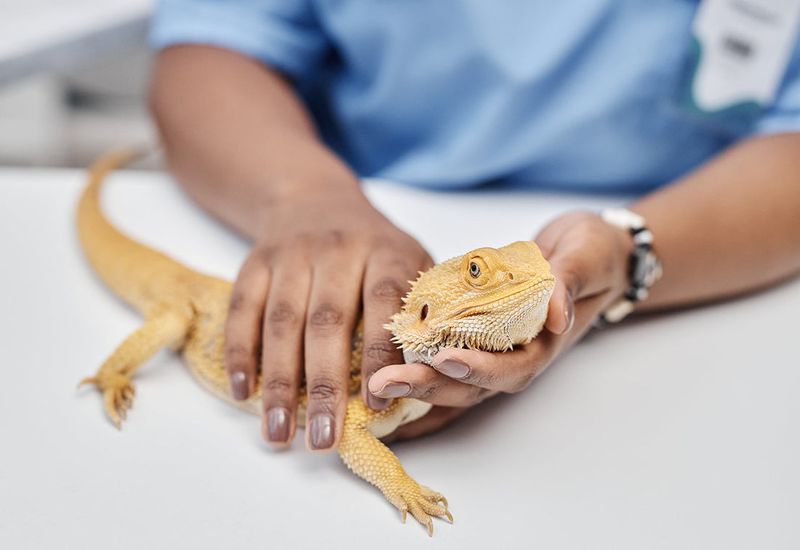
Staying alert to health changes can save your reptile’s life. Common signs of illness include lethargy, lack of appetite, and unusual shedding. Regularly check for these indicators.
Observe behaviors closely. Ensure they move normally and breathe steadily. Clear eyes and smooth skin are signs of good health.
If anything seems amiss, consult a veterinarian specializing in reptiles. Early detection is vital.
These practices ensure timely medical intervention and reduce health risks.
Temperature Regulation
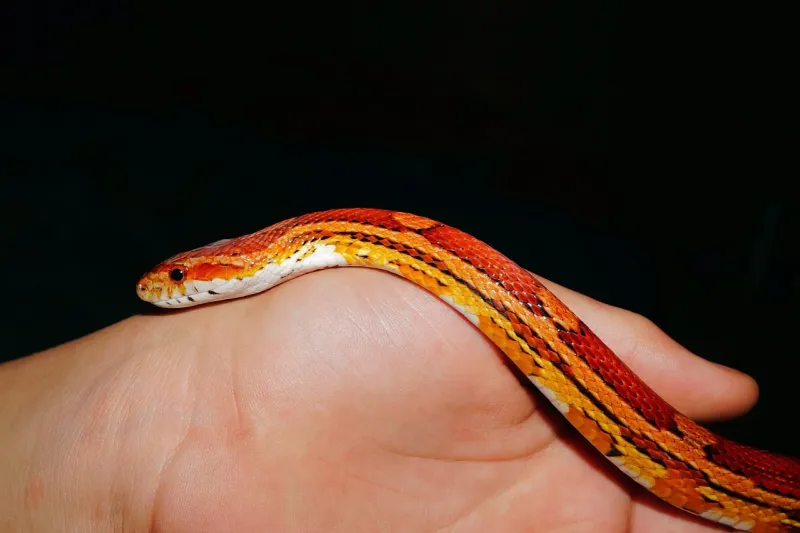
Reptiles are ectothermic, relying on external heat. Without proper temperature, they can’t digest food or stay active. Create temperature gradients in their habitat. Provide a basking spot with a heat lamp.
Use thermometers to monitor temperatures. Adjust based on daily and seasonal changes. Ensure a cool area for thermoregulation.
Balanced temperatures maintain metabolism and prevent stress. This balance is key to their well-being.
Understanding Behavioral Needs
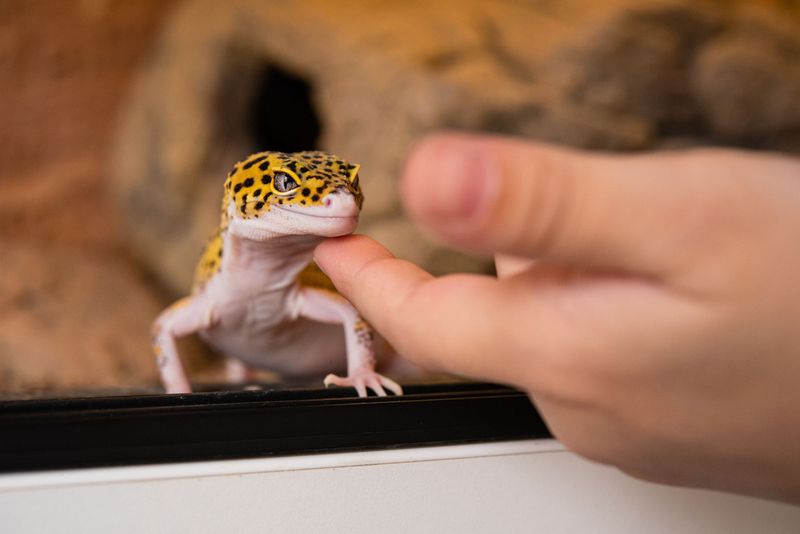
Behavioral enrichment is essential. Reptiles, like all animals, need mental stimulation. Observe natural behaviors such as climbing, basking, or hiding. Incorporate these into their environment.
Add branches, rocks, or other structures to encourage activity. Rotate items to keep their environment engaging.
Enrichment prevents boredom and promotes mental health, making for happier pets.
Hydration and Bathing
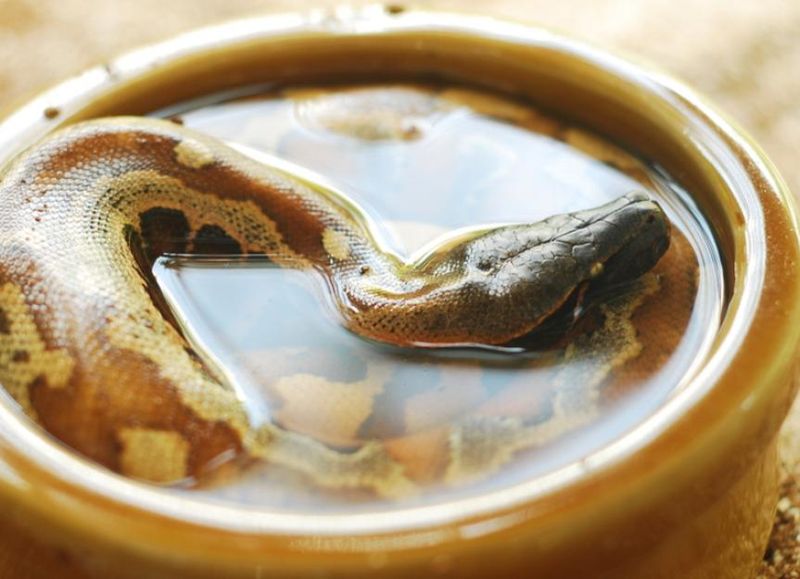
Hydration is as vital as food. Some reptiles need soaking baths to shed skin properly or to hydrate. Offer shallow water dishes.
Monitor water cleanliness to prevent disease. Change water regularly. Some reptiles absorb moisture through their skin, so mist the enclosure as needed.
Proper hydration supports bodily functions and enhances vitality.
Regular Cleaning of Habitat
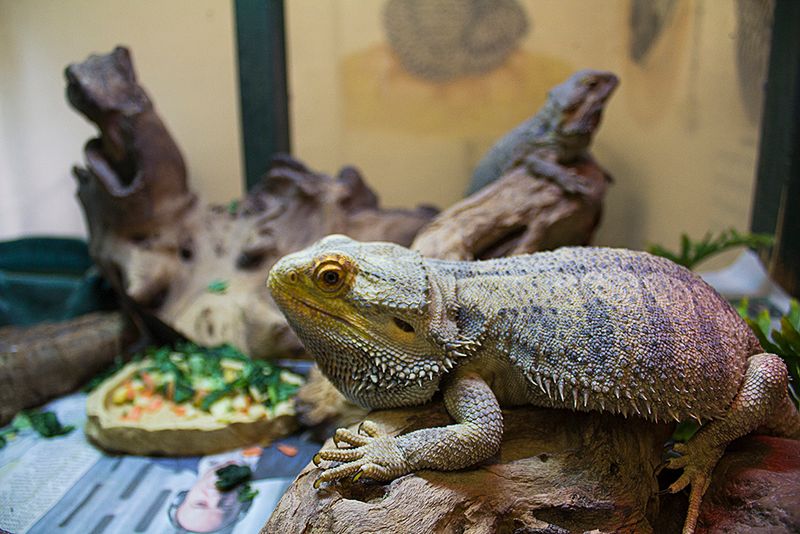
A clean habitat is crucial for health. Dirty environments breed bacteria and parasites. Schedule regular cleanings, removing waste and uneaten food.
Disinfect surfaces with reptile-safe cleaners. Change substrates and clean water dishes.
Regular cleaning reduces health risks, ensuring a safe environment.
Handling Techniques
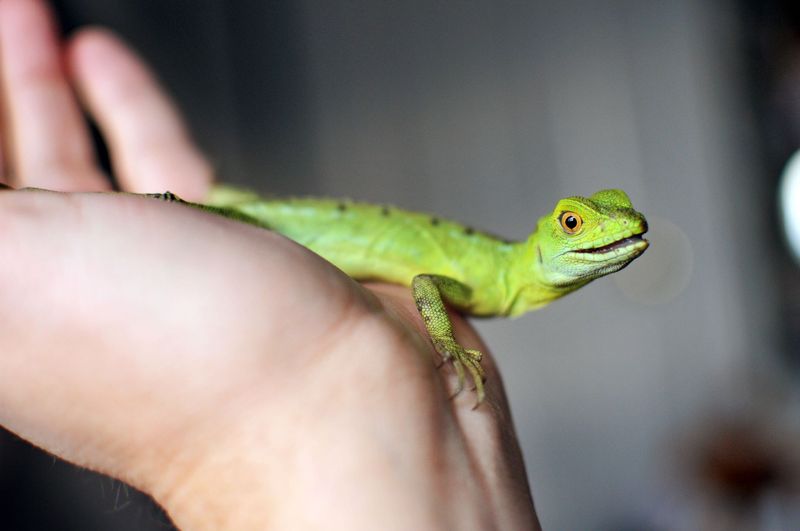
Proper handling builds trust. Reptiles can be skittish. Approach slowly, supporting their body. Avoid quick movements to reduce stress.
Handle regularly to tame them, but not too often to cause anxiety. Recognize signs of discomfort, such as hissing or biting, and give them space.
Gentle handling fosters bond and confidence.
Understanding Shedding Process
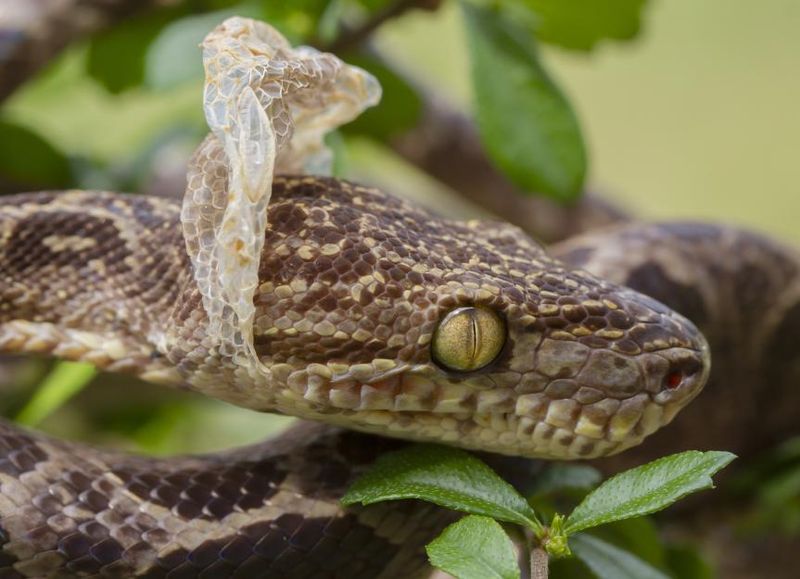
Shedding is a natural process. It’s how reptiles grow. Provide rough surfaces to help them shed properly.
Ensure they’re hydrated during this time. Check for incomplete sheds which can cause health issues.
Understanding this process avoids complications, ensuring healthy growth.
Socialization and Interaction
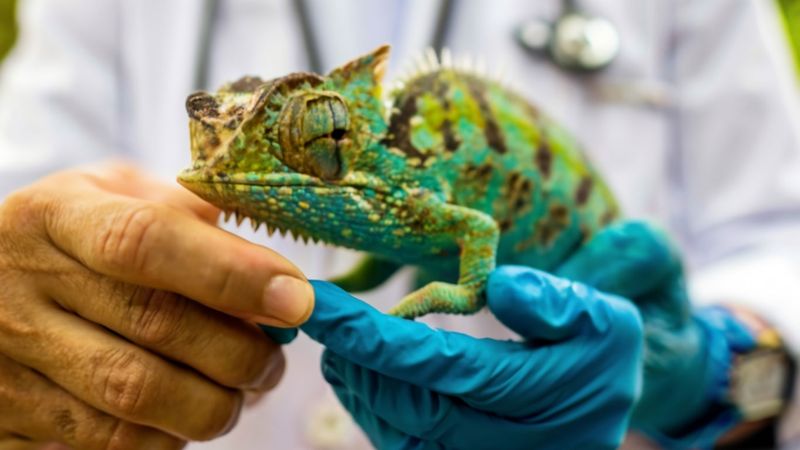
Interaction varies by species. Some reptiles are solitary, while others enjoy company. Learn your pet’s social needs.
Provide opportunities for interaction if beneficial. Observe their behaviors to ensure compatibility.
Socialization enriches life and prevents loneliness.
Lighting Needs
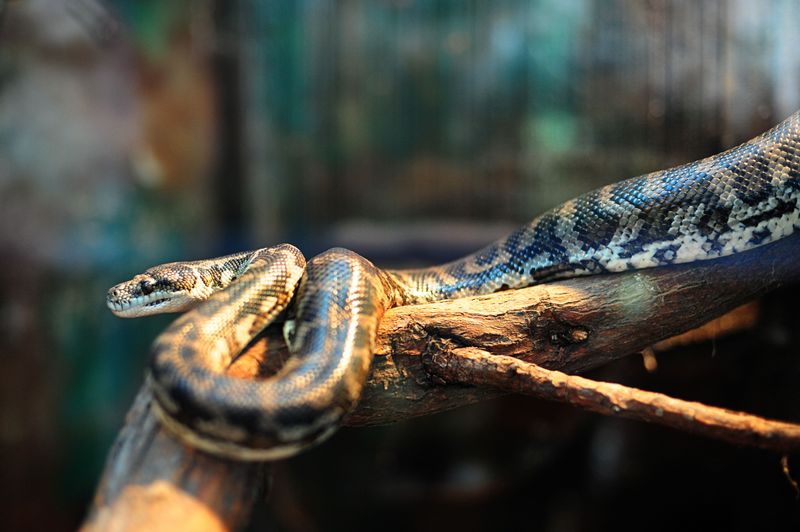
Lighting affects health. UVB lights are crucial for calcium absorption. Without them, reptiles develop bone diseases.
Switch bulbs every six months as UVB output decreases. Balance lighting with natural day-night cycles.
Proper lighting ensures strong bones and vitality.
Choosing the Right Reptile
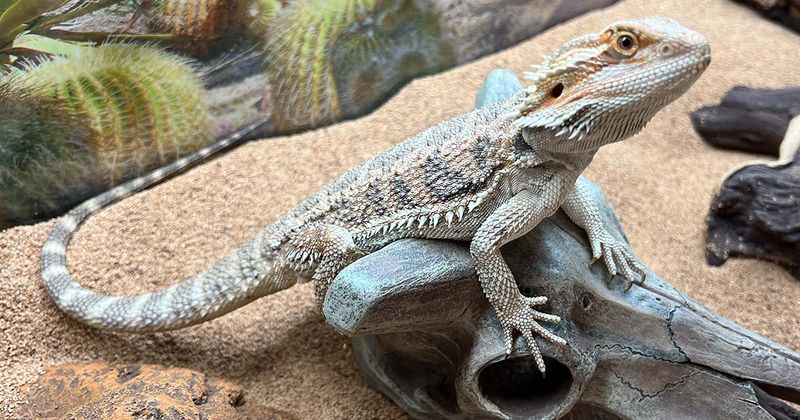
Selecting a pet is a commitment. Research species traits and care needs. Some reptiles live decades and require extensive care.
Consider your lifestyle and experience level. Beginners may prefer hardy species like leopard geckos.
Choosing the right reptile ensures a fulfilling relationship.
Veterinary Care Importance
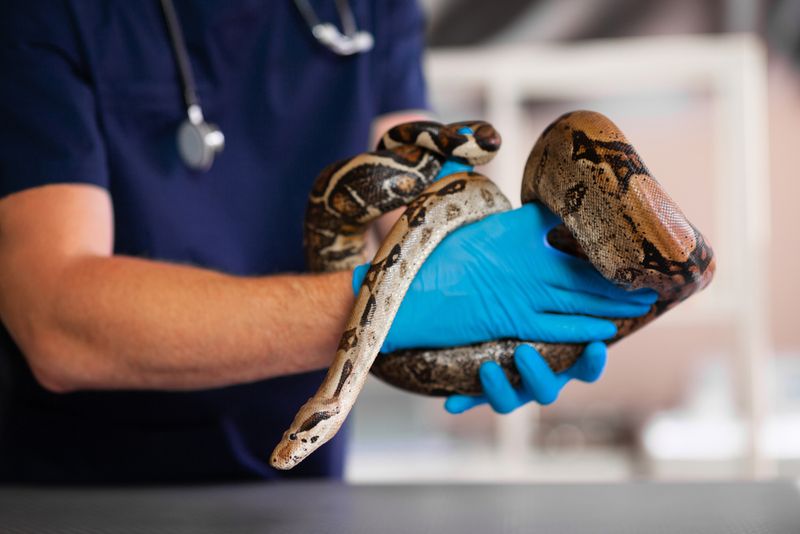
Veterinary care is essential for preventing illness. Regular check-ups detect early signs of disease. Find a vet experienced with reptiles.
Schedule annual health exams even if your pet seems healthy. Vaccinations and parasite prevention may be needed.
This care is pivotal for a long, healthy life.
Commitment and Responsibility

Owning a reptile is a long-term commitment. They can live for decades. Understand the responsibilities before adopting.
Care includes daily feeding and habitat maintenance. Financial costs for supplies and vet care add up.
Commitment ensures a rewarding bond and well-kept pet.

